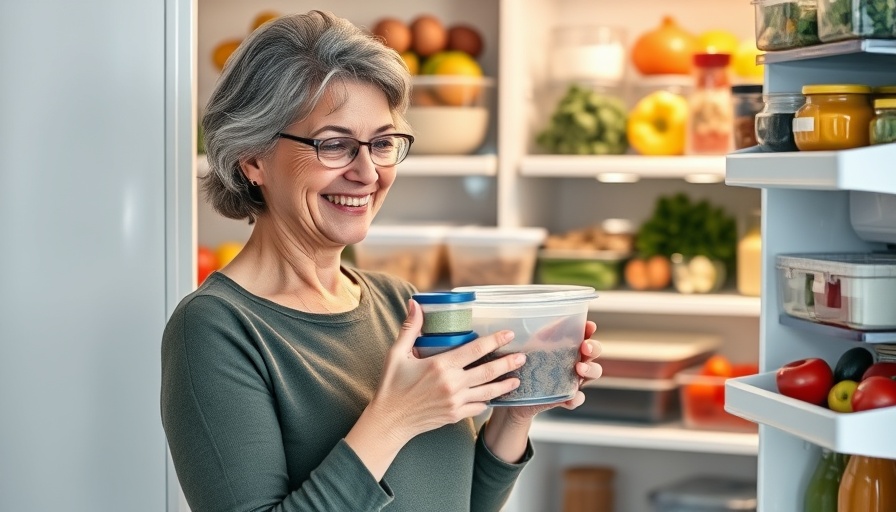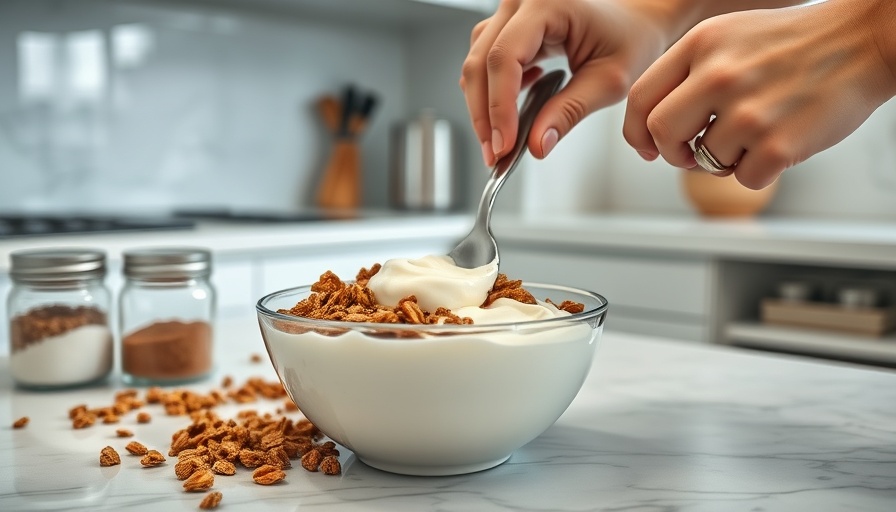
Are You Storing Your Fruits and Vegetables Correctly?
No one likes the nasty surprise of biting into spoiled food, especially when it comes to fruits and vegetables that are tricky to keep fresh. Many of us have been taught that storing fruits and veggies together is the best practice, but recent insights from nutrition experts reveal this may be a misguided approach.
The Ethylene Gas Effect
Kasiviswanathan Muthukumarappan, Ph.D., a professor at South Dakota State University, explains that many fruits, including bananas and avocados, produce ethylene gas during ripening. This gas, while beneficial for ripening, can hasten the decay of sensitive vegetables like leafy greens and cucumbers nearby. Therefore, keeping these produce items separated can significantly prolong their shelf life and reduce food waste.
Differing Needs: Humidity Matters
Food scientist Jennifer Pallian emphasizes that different fruits and vegetables thrive under different humidity conditions. Ethylene-producing fruits like apples should ideally be kept in low humidity, while vegetables that tend to wilt, such as broccoli and carrots, do better in a high-humidity environment. This understanding can help save your produce from rapid deterioration and financial loss.
Smart Storage Equals Freshness
To enhance the efficacy of your food storage practices, consider adjusting your refrigerator's settings or using separate crisper drawers for fruits and veggies. This simple change can lead to fresher, longer-lasting produce and a deeper understanding of your food’s needs.
Conclusion: Simple Steps for Big Benefits
Next time you're loading groceries into your fridge, remember these expert-approved tips. By separating your fruits and vegetables and understanding their unique storage needs, you’ll not only enjoy fresher food but also help cut down on waste. Let this knowledge empower your meal planning and grocery shopping experience!
 Add Row
Add Row  Add
Add 

 Add Row
Add Row 


 Add
Add 


Write A Comment